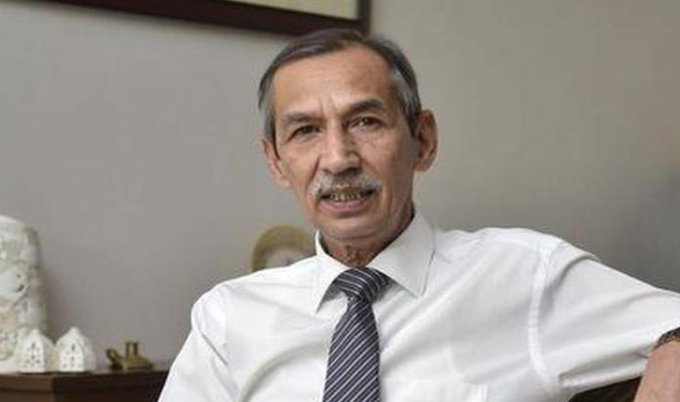Srinagar: Terror outfits in Jammu and Kashmir are shifting tactics, opting to construct elaborate underground bunkers deep within dense forests and on elevated ridges, rather than seeking shelter in local homes, officials said on Sunday. This change, driven by dwindling local support, poses a fresh challenge for the Army and security forces.
The trend became evident last week during an encounter in the higher reaches of Kulgam district, where two terrorists were killed. Security forces discovered a concealed trench stocked with rations, miniature gas stoves, pressure cookers, weapons, and ammunition.
A senior security official, speaking on condition of anonymity, said such hideouts are increasingly common in Kulgam and Shopian districts, as well as south of Pir Panjal in the Jammu region, where thick forests provide natural camouflage. While a few of these new bunkers have been traced, authorities are concerned by intelligence suggesting that terrorists are being instructed to stay on higher and mid-level ridges and strike when directed from across the border.
“It’s not about the number of kills,” the official noted. “The worrying trend is that terrorists are now well-entrenched in these underground bunkers.”
Retired Lt Gen D S Hooda, who led the successful 2016 surgical strikes, observed that these high-altitude trenches and bunkers mirror tactics used in the 1990s and early 2000s. He also highlighted the current scarcity of human intelligence—once a critical asset in counter-terror operations—but remains confident that the Army will “re-evaluate its strategy” to meet the challenge.
B Srinivas, retired Director General of Puducherry Police, who served three decades with the Jammu and Kashmir Police, echoed this assessment. He explained that terrorists are increasingly forced to build underground bunkers as they can no longer depend on shelters in towns and villages. With locals turning away from separatist ideologies, infiltrators are using hidden trenches to evade detection, fearing that villagers may act as informers.
This echoes the situation during Operation Sarp Vinash in 2003, when forces successfully targeted concealed terror camps in the Poonch area. To counter the current threat, security agencies plan to leverage technology, including ground-penetrating radar (GPR)-equipped drones and seismic sensors, during anti-terror operations. Drones can access remote areas, while GPR and seismic sensors help detect underground voids and structural changes, revealing hidden bunkers.
The immediate goal for security forces is clear: enhance intelligence gathering in forested belts and use these advanced tools to neutralize remaining terrorists.
In the past, underground bunkers and man-made cavities were primarily found in residential areas of Pulwama, Kulgam, and Shopian between 2020-22. Officials cited examples such as a hideout in Rambi Ara, known for flash floods, where terrorists hid inside an iron bunker accessed via an oil barrel. Other discoveries included a concealed underground room in Bandpoh, hidden under dense apple trees and newly filled earth, and a clever hideout at Labipora in Shopian, where terrorists covered an iron box on a riverbank with a breathing pipe while staying underground.













